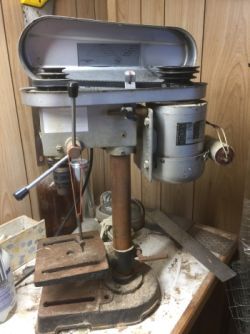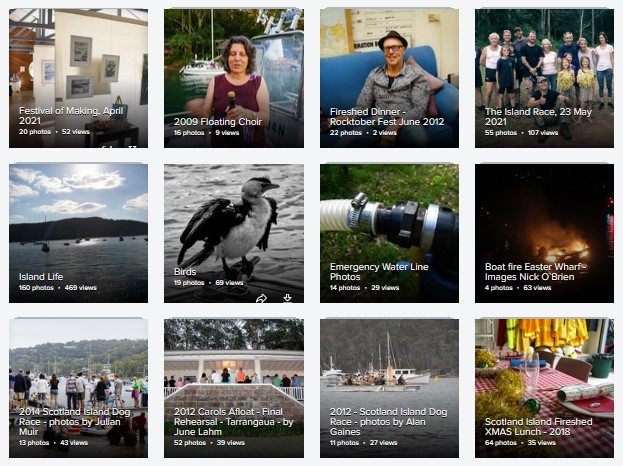| Having trouble reading this newsletter? Visit https://ymlp.com/archive_gesgjgm.php | ||||||||||||||
 |
||||||||||||||
October 1, 2021 |
||||||||||||||
|
Newsletter for the
Offshore Residents of Pittwater, Australia - Volume 22,
Issue 1161
We acknowledge and pay our
respects to the Traditional Custodians of
Pittwater, as well as our indigenous readers
|
||||||||||||||
ContentsA Brief History of Scotland Island Fire BrigadePart II: BerthaRoy BakerDrawing principally on Scotland Island News (SI News) archives, Part II focuses on one particularly memorable fire truck.
Electricity arrived on Scotland Island in 1962 and with it came more houses, more people, and a bigger fire brigade. The brigade had begun in 1955 as an offshoot of the Scotland Island Progress Association, forerunner of SIRA. At first the two organisations were barely distinguishable, but during the 1960s they grew apart, with separate meetings and membership.
Even in the 1960s women remain conspicuously absent from accounts of firefighting activity, save as caterers. But by 1967 the St John Ambulance Association was training first-aid officers on the island, and 10 of the 15 certificates awarded to permanent residents went to women. Attendance at medical emergencies remains a core function of today's brigade. Prior to the foundation of the NSW Rural Fire Service in 1997, brigades were largely reliant on local authorities for equipment. Scotland Island’s brigade was founded with a £490 grant ($17,000 in today’s money) from Warringah Council. That was enough for the construction of a small fire shed near Tennis Court Wharf, as well as the purchase of a pump, some hose and 20 knapsack sprays which were kept dotted around the island at people’s houses. Notably absent from early accounts of the brigade was any kind of vehicle. Knapsack sprays might handle small spot fires from falling embers, but larger fires require the transportation of heavy hoses, pumps and personnel, let alone water. It seems inconceivable today that a brigade would be expected to function for its first decade without some form of land or water conveyance.
It’s indicative of the inadequacy of official support for the fledgling brigade that it was left to residents to donate what was presumably the brigade’s first truck. Following extensive fires in Elvina Bay during the summer of 1964/5, the then owner of Quarterdeck (on the island’s north-western point) offered an ‘old but reliable’ Commer truck, fitted with water tank, pump and hoses. As a backup, the truck’s tank could be filled from a hydrant located at the back of Quarterdeck, which was in turn fed by sea water pumped from the property’s jetty. Fortunately brigade transport wasn't reliant on resident largesse for long. Sometime around 1968 the island acquired ‘Bertha’. Few today remember Bertha, but the significance of this vehicle in island folklore must have been such that when, more than 20 years later, brigade captain John Parker immortalised the old shed in his watercolour painting (still on display in the new station), it was Bertha that he depicted as parked outside, even though by 1991 Bertha had long since gone. Known to Australians as a ‘Blitz wagon’, Bertha was more properly described as a Canadian Military Pattern (CMP) truck. Canadian factories produced 850,000 of these vehicles in World War II: more trucks than were produced by the three main Axis nations combined. Indeed the CMP truck has been described as Canada's biggest contribution to the war effort. With a windscreen that was angled downwards to reduce reflected glare observable by enemy aircraft, and with a distinctive pug-nosed profile intended to make them more compact and easier to ship, Blitz wagons were deployed in just about every theatre of war. Even the Russians used them to counter the Nazi invasion of the Soviet Union.
After the war pretty much the entire British Commonwealth was awash with CMP trucks. In the case of Australia, where the Blitz had been manufactured under licence, some of these surplus trucks were adapted for bush fire fighting. They were acquired by numerous local authorities, including Warringah Council. Indeed two such vehicles can be seen in action here, being used to quell Belrose’s 1967 bush fires. Acquisition of a truck necessitated a 30-foot extension to the fire shed. Just like the original structure, this addition had to be built by volunteers. The 1968 party, held to celebrate the expanded shed, was described as ‘the Island’s biggest blowout since the coming of electricity’.
In September 1973 a ‘torrid’ brigade meeting, attended by a ‘record crowd’ of 51 residents, heard how Bertha’s pump was inoperative, causing SI News to quip that the truck was less a fire tender and more a fire tinder. At the same meeting ‘tempers flared’ when it was alleged that the truck had been used for private purposes. In 1976 this vestige of wartime Australia was finally retired, replaced by a Land Rover and trailer unit, vehicles perhaps better suited to island roads. This periodic history of the brigade will be continued in future editions of the PON.  Scotland Island Rural Fire Brigade: General MeetingMonday, 11 October, 7 pm
Due to COVID restrictions the meeting will be held entirely online. A link to the meeting has been provided to members via email. Please do not go to the station for this meeting.  West Pittwater Energy Reliability ProjectConstruction work in Lovett Bay: starting Friday, 1 October 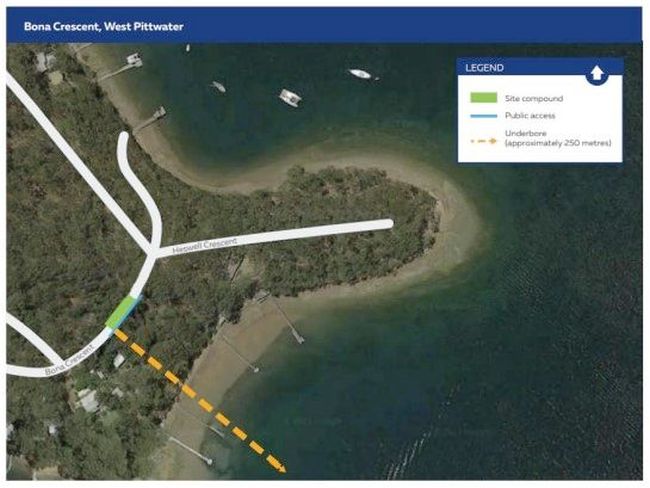
A drilling rig is expected to be delivered to Lovett Bay Friday 8 October. Actual drilling is expected to start Monday 11 October. Pedestrian access on Bona Crescent (Lovett Bay) will be maintained throughout the work. Further information can be accessed here.  Would you like to receive SIRA News by email?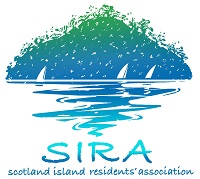 Previously only SIRA members could receive SIRA News by email. But from now on you can receive SIRA News even if you are not a member of SIRA. To be put on the mailing list, email SIRA at secretary@sira.org.au. SIRA News is issued whenever there is important or useful information to relay to the community; for example news about the NBN roll-out, upcoming road closures, power cuts, etc. You can also view SIRA News archives here: Scotland Island Community Website SIRA News Archive. Items for sale: rowing skull and saw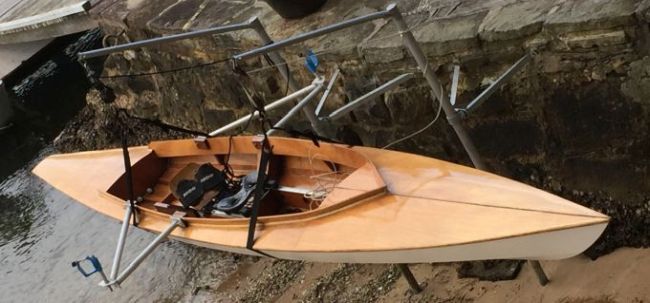 Rowing skull:
 4.6 metre.
Hull is single chine gaboon marine plywood. Slide seat
and adjustable foot rest. Recently revarnished, very
good condition. Crocker oars. Water tight compartments
fore and aft ensure positive flotation. The beam,
freeboard and reserve buoyancy allow the boat to handle
choppy conditions. $1000. 4.6 metre.
Hull is single chine gaboon marine plywood. Slide seat
and adjustable foot rest. Recently revarnished, very
good condition. Crocker oars. Water tight compartments
fore and aft ensure positive flotation. The beam,
freeboard and reserve buoyancy allow the boat to handle
choppy conditions. $1000.18” Scroll saw:
max depth 65 mm Throat capacity -460 mm Excellent condition: $200 For both items contact
Les on 0417 906451.
 Item
on offer: drill stand
|
 |
 |
 |
The Online Local Contacts Guide
Click HERE to load
Pittwater Offshore Photo Gallery

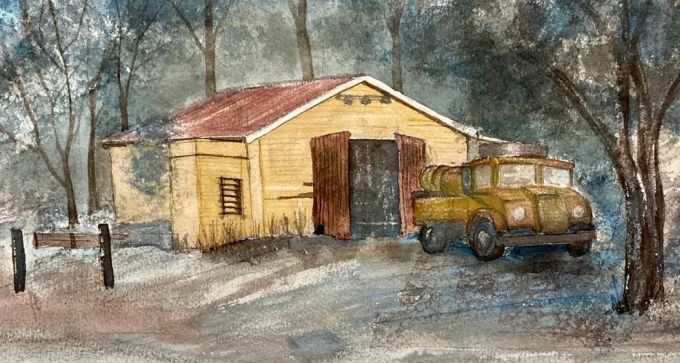
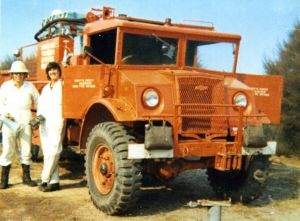
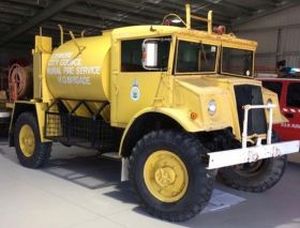

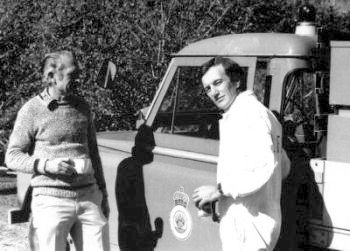
 The October
brigade meeting will be a general meeting. The brigade
intends to use the meeting to elect a training officer
and a station officer. Members interested in these
positions must receive two written nominations from
ordinary members of the brigade, these being sent to the
Secretary (
The October
brigade meeting will be a general meeting. The brigade
intends to use the meeting to elect a training officer
and a station officer. Members interested in these
positions must receive two written nominations from
ordinary members of the brigade, these being sent to the
Secretary ( Work on a
submarine electricity connection between Lovett Bay and
Scotland Island is due to commence Friday 1 October.
There will be no construction work over the Labour Day
weekend.
Work on a
submarine electricity connection between Lovett Bay and
Scotland Island is due to commence Friday 1 October.
There will be no construction work over the Labour Day
weekend. 